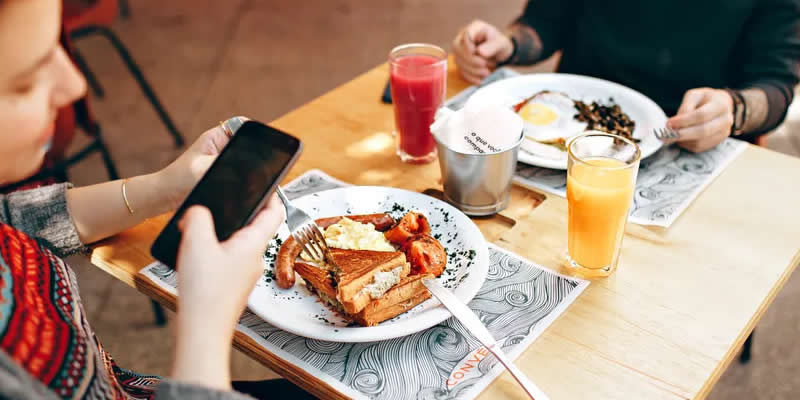Llamas could be the answer to treating severe bouts of COVID-19, researchers have said.
A collaborative team from the Rosalind Franklin Institute, Oxford University, Diamond Light Source and Public Health England say antibodies from the animals have shown to neutralise coronavirus in lab tests.
Their findings were based on nanobodies which prevent COVID-19 from entering human cells because it binds so tightly to the spike protein of the virus.
The nanobodies are engineered from naturally produced antibodies found in llamas, camels and alpacas.
Read more on this topic:
- Analysis reveals concerns over coronavirus impact on people with diabetes
- Learnings from a Review of 73,000 coronavirus cases in China
- Coronavirus (COVID-19): Guidance and Support
At the moment there is no cure for COVID-19 and scientists all over the world are working round the clock to develop a vaccine.
Researchers have already found transferring human antibodies from people who have recovered from coronavirus to those who have become critically ill with the condition does improve the health outcome for them.
This procedure, which has been around for about 100 years, is called passive immunisation, but it is not straightforward. It can be a challenge to identify people who have the right antibodies and to give such a blood product safely.
Professor James Naismith, Director of The Rosalind Franklin Institute and Professor of Structural Biology at Oxford University said: “These nanobodies have the potential to be used in a similar way to convalescent serum, effectively stopping progression of the virus in patients who are ill.
“We were able to combine one of the nanobodies with a human antibody and show the combination was even more powerful than either alone. Combinations are particularly useful since the virus has to change multiple things at the same time to escape; this is very hard for the virus to do. The nanobodies also have potential as a powerful diagnostic.”
Buy COVID-19 supplies:
Professor Ray Owens from Oxford University, who leads the nanobody programme at the Franklin, said their research is “a great example of team work in science” as they have collectively “created, analysed and tested” the nanobodies in just 12 weeks.
He added: “This has seen the team carry out experiments in just a few days, that would typically take months to complete. We are hopeful that we can push this breakthrough on into pre-clinical trials.”
Professor David Stuart, from Diamond Light Source and Oxford University said: “The electron microscopy structures showed us that the three nanobodies can bind to the virus spike, essentially covering up the portions that the virus uses to enter human cells.”







